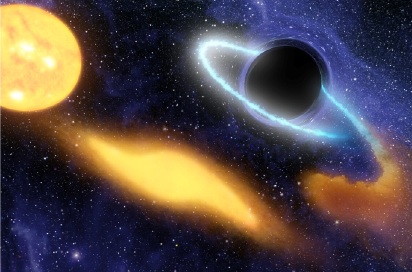Many of us received a letter today from the Editorial office at SISSA about supporting not-for-profit journals like JHEP (Journal of High Energy Physics) and some of its siblings. Why? Simply put, the other journals seem to be less about the science and more about the money. We discussed this a lot in my field back way back when JHEP was starting out, and several physicists switched to JHEP -pointedly turning their backs on Nuclear Physics B for example- as a group. Basically, you do the research, submit it to a journal, and they sell it back to you and your institution at extortionate prices. Better, they get you to contribute to doing their job by doing all the typesetting, reviewing of other mugs’ papers, etc. In fact, most of their work involves just raking in the money, as far as I can tell… So people moved to a model which was more about distributing refereed work for people to read, making heavy use of cost-savings involved in using electronic communication and distribution. Below I reproduce the letter I received from Marc Henneaux and Hector Rubenstein about this matter*. I’ll be interested to hear your opinion.
One thing I am concerned about is the relative weight of physics vs other fields – how much of a difference will this make to science publishing at large? What else can we do to change things? Take some areas of Biology for example. Elsevier (who publish Nuclear physics B, for example) probably makes a huge amount more money out of them than physics, if you take into account the large number of colour figures, etc, (and the associated page rate) that go into a typical publication. Might it be that progress by Elsevier (and other publishers) in reforming their economic model to be a lot more fair might be less speedy until we get the Biologists (and other fields) to support their own versions of the alternatives? Biology journals run for the sake of the subect and not the money? Perhaps this process already has begun? I do not know. Does anyone? Last time I talked about this to a prominent biologist, they seemed to be under the impression that online distribution of published work (particularly online pre-print distribution like hep-th that I know is slightly different but not unrelated) was akin to hanging out in internet chat rooms, and said so explicitly…. but this was before Nature and others started doing their major online work, so perhaps attitudes have changed…. Thoughts?
Anyway, here is the letter: […] Click to continue reading this post →





